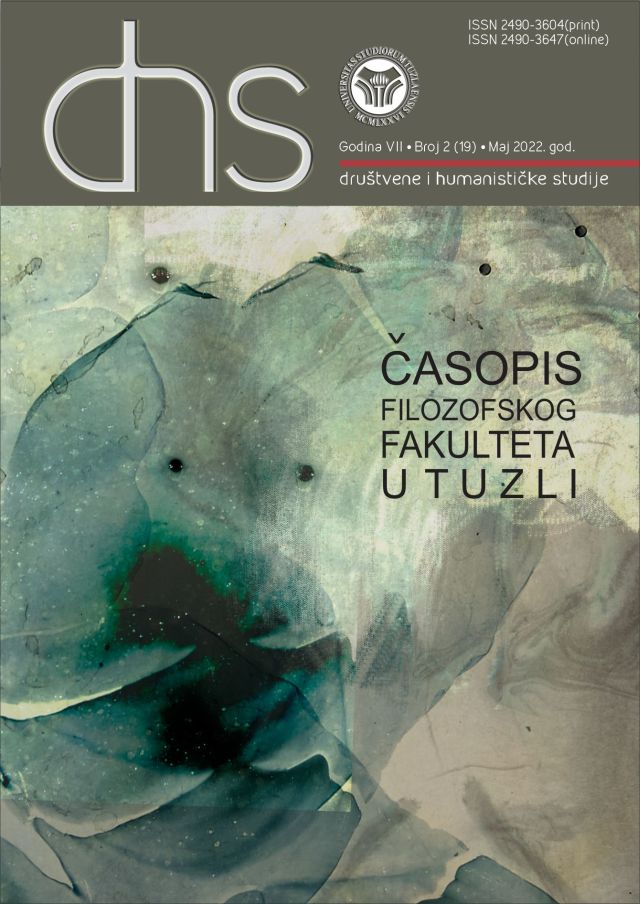Samoprocjena kreativnosti: Validacija Kratke skale kreativnog self-koncepta (SSCS)
Creativity Self-assessment: Validation of the Short Scale of the Creative Self-concept (SSCS)
Author(s): Gorjana Vujović, Jovana ŠupićSubject(s): Social Sciences, Education
Published by: Filozofski fakultet Univerziteta u Tuzli
Keywords: creative self-concept; creative identity; creative self-efficacy;
Summary/Abstract: Creative self-concept is a construct that refers to the self-assessment of one's creativity, and it consists of two dimensions, creative identity, and creative self-efficiency. Creative identity determines how important creative potential is to a person, and creative self-efficacy represents faith in personal creative abilities. Since the Short Scale of Creative Self-Concept (SSCS) was not validated on a sample of respondents from Bosnia and Herzegovina, this study aims to validate and verify the metric characteristics of the scale. The sample consisted of 238 students from different faculties from BiH, aged 19 to 46 (M = 22.21; SD = 3.27). Using a two-way procedure from English, 11 items that make up the SSCS scale were translated: 5 items examine creative identity, and 6 creative self-efficacy. The SSCS scale as a whole has good reliability (α = .904) as well as representativeness (KMO = .908). At the subscale level, these values are also satisfactory: for creative identity (α = .902; KMO = .871), and for creative self-efficacy (α = .823; KMO = .776). Convergent and criterion validity was confirmed by a high correlation between the total score on the SSCS scale and scores on the personality dimension Openness to Experience (r = .680) and scores on the Creativity Self-Assessment Questionnaire (r = .768). Exploratory factor analysis, with Promax rotation, retained two factors that together explain 68.03% of the variance. Confirmatory factor analysis tested three models: Model 1 - the original version of the scale with one dimension; Model 2 - the original version of the scale with two dimensions; Model 3 - the abbreviated version of the scale with two dimensions. As Model 3 (in which problematic items were omitted) was the only one with adequate matching parameters (χ2/df =3.357; CFI = .964; TLI = .948; RMSEA = .103), the metric characteristics of the shortened version of the scale were rechecked and showed that everything is satisfactory, except discrimination. The conclusion is that an abbreviated version of the scale can be applied, but also that it would be useful to conduct a new validation study in which all items from the scale would be retained, with linguistic modification of claims that were problematic in this study.
Journal: DHS-Društvene i humanističke studije: časopis Filozofskog fakulteta u Tuzli
- Issue Year: XIX/2022
- Issue No: 19
- Page Range: 729-746
- Page Count: 18
- Language: Bosnian, Serbian

